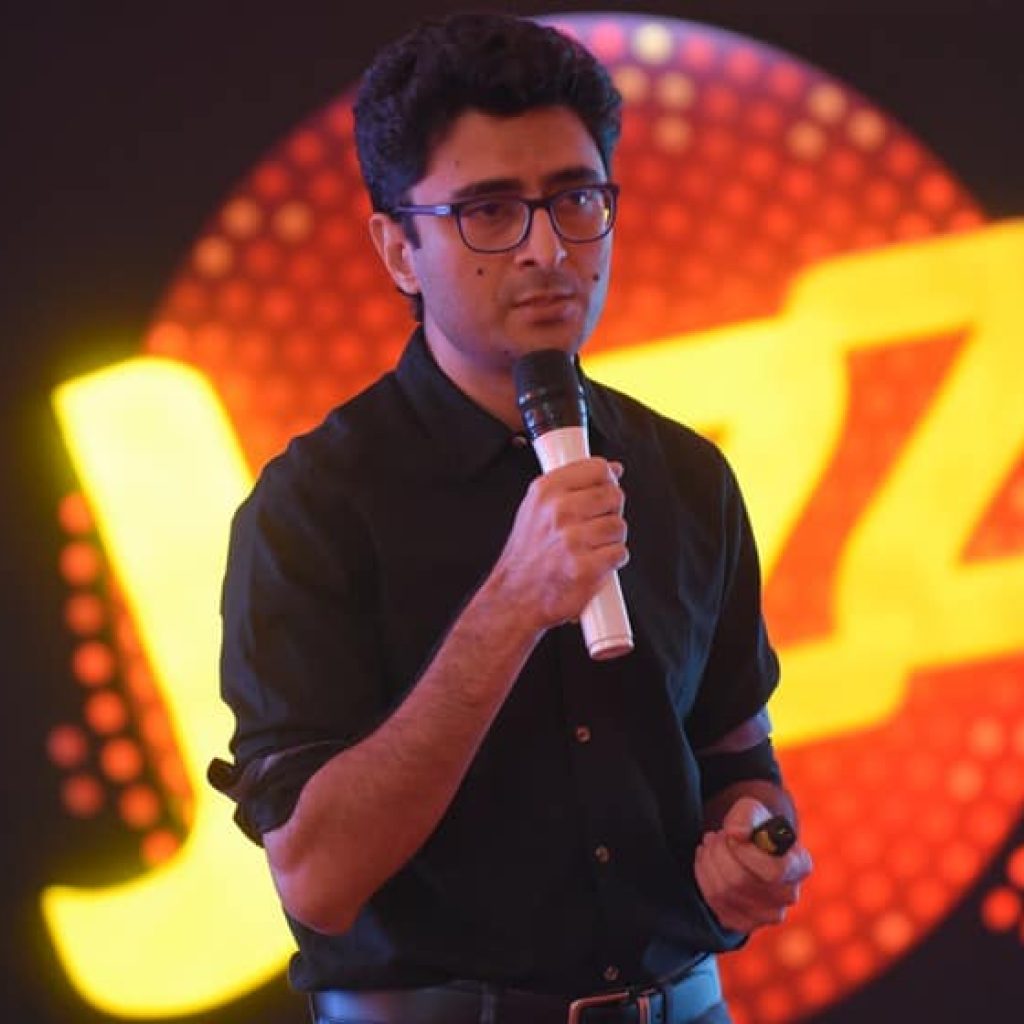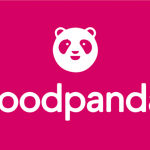Aamer Ejaz, Chief Digital & Strategy Officer Jazz, shared his views on improving urban connectivity to harness digital transformation in Pakistan in a webinar hosted recently by Facebook, Internet Service Providers Association of Pakistan (ISPAK), and Telecom Infra Project (TIP).
The webinar was attended by industry and academic experts who brought to light various challenges and opportunities being faced within Pakistan in developing robust connectivity in the country’s urban areas.
The webinar focused on the present-day challenges in meeting connectivity policy goals, the importance of building a robust fiber broadband network, and the opportunities of embracing innovative urban internet connectivity and technology solutions with accounts of successful implementations from the Asian region.
At the webinar, Aamer spoke about the rapidly rising urbanization in Pakistan and the critical need for innovative business models and technology solutions to be identified and implemented for Pakistan to achieve its digital vision of an inclusive and sustainable knowledge-based economy.
He stated, “By 2025, half the country’s population will migrate towards the cities and it is essential for us to collaboratively work towards a robust, open, shared, and scalable connectivity infrastructure to facilitate the future and create more job opportunities.”
Speaking regarding building a digitally inclusive nation, Aamer stated, “We have a policy at Jazz based on the principle of 4 Cs that looks to create a holistic digital ecosystem for the masses.”
Elaborating on this framework, he stated that the first C is Connectivity, with Jazz working on providing high-speed, quality 4G internet. The second C is “compute in the palm”, meaning that 4G connectivity is not enough, the masses require affordable smartphones, hence the Jazz Digit 4G smart feature phones.
The third C is Content & Platforms – facilitating digital adoption with relevant services, including JazzCash, Jazz TV, etc. The fourth C is Centers for incubators and accelerators like the NIC & Jazz xlr8 with a focus on digitally empowering communities with the tools and resources necessary for success in a digital economy.
He further discussed the challenges which limit mobile broadband providers’ capacity to ensure high-quality services and improve coverage; highlighting that, at times, bureaucratic hurdles led to long delays in getting NOCs approved for the deployment of telecom infrastructure.
He also mentioned the need for more “active sharing of infrastructure” by the telecom players, which will expand coverage into previously un-served geographic areas and allow for up-gradation in congested urban centers where new site acquisition is difficult.
In the 2021 Inclusive Internet Index by EIU (Economist Intelligence Unit), Pakistan ranked in the bottom quartile of the index and second to last in the Asia region. While access to internet services and the affordability of data have improved in recent years, there remain significant challenges with usage as only one-third of households have internet connectivity.
This is an alarming situation and should be treated as a digital emergency. Hence, corrective policies should be developed and implemented at a fast pace so the masses can benefit from a digital transformation.
The post Improvements in Urban Connectivity Needed to Harness Digital Transformation in Pakistan: Aamer Ejaz appeared first on .


